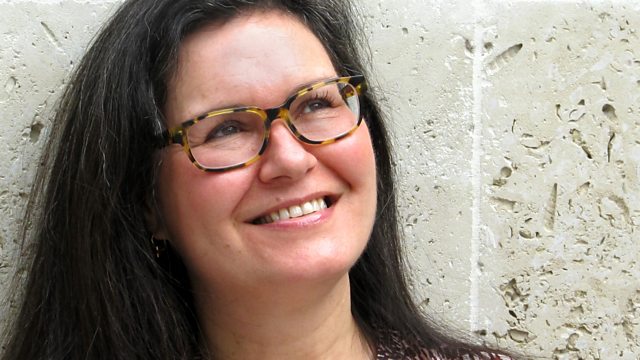Gravitational Waves Special
Scientists have detected gravitational waves. Tracey Logan discovers how these ripples in space time, predicted by Einstein 100 years ago, were revealed.
The universe is silent no longer - physicists at the LIGO observatory have detected gravitational waves.
LIGO, the Laser Interferometer Gravitational-wave Observatory, with its giant laser beam arms totalling 5 miles across the remote Hanford desert, is the largest lab on the surface of the planet. It was constructed in the Columbia Basin region of south-eastern Washington specifically to detect gravitational waves -- ripples in the fabric of space-time.
First predicted a century ago by Einstein in his theory of general relativity, gravitational waves are produced by exotic cosmic events, such as when 2 black holes collide. Scientists have hunted for them for decades with increasingly sensitive equipment. The laser beam tubes of the observatory have proved sensitive enough to detect the signal from deep space as small as a thousandth the diameter of a proton.
Tracey and studio guest Dr Andrew Pontzen from UCL examine the science of gravitational waves, and how LIGO is both an eye and an ear on the motion of distant objects. They scrutinise the cutting-edge technology, which has to be of almost unimaginable sensitivity to enable detection of some of the universe's most dramatic events.
Inside Science also shines a spotlight on the passion of individuals who have worked for nearly three decades on a single science experiment, inventing a whole new branch of physics in order to prove the last piece of Einstein's theory of general relativity, and to "hear" the universe in a whole new way.
Last on
Broadcasts
- Thu 11 Feb 2016 16:30Βι¶ΉΤΌΕΔ Radio 4
- Thu 11 Feb 2016 21:00Βι¶ΉΤΌΕΔ Radio 4
Explore further with The Open University
Βι¶ΉΤΌΕΔ Inside Science is produced in partnership with The Open University.
Podcast
-
![]()
Βι¶ΉΤΌΕΔ Inside Science
A weekly programme looking at the science that's changing our world.


